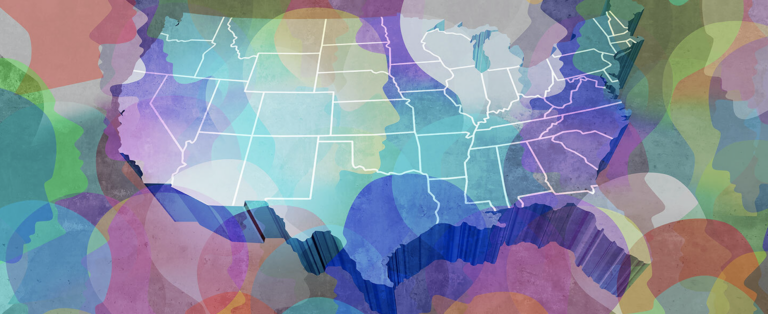
Last fall, Granicus CEO Mark Hynes wrote in US News and World Report that a complete and accurate census count is essential for the proper functioning of our democratic government. The decennial census determines not only democratic representation at every level of government, but also hundreds of billions of dollars in local funding for federal programs. Fair representation in the census is the only way to ensure that communities get the vital resources they need.
As we work with our partners at both the federal and state level on digital communication tools that encourage Americans to fill out their census responses, our view hasn’t changed. With the pandemic raging and impeding the Census Bureau’s ability to visit households in person, we must redouble our efforts to make this a digital census, reaching out to citizens directly and through all channels available to us to encourage them to complete their census forms.
That’s why recent news that the Census Bureau will cut its active counting efforts short by one month, ending September 30th, came as a shock to us at Granicus. Now is not the time to reduce outbound contacts – in fact, it seems likely that this year it will take a more active effort to achieve an accurate count than it has in at least half a century.
The national self-response rate for the census – the proportion of Americans who have filled out and returned census forms themselves – currently stands at just under 63%. Without a marked improvement, this will fall well short of the 74% response rate in the last census in 2010. If the rate fails to reach 67%, it would be the worst on record, in data going to back to 1970. We must utilize our digital tools to quickly increase the count.
It’s important to acknowledge who will be harmed by an incomplete census count. Even before the Census Bureau’s announcement, and before the pandemic began in the United States, the Urban Institute projected that as many as 1.7 million Black residents and 2.2 million Latino residents could be missed. Black and brown Americans are among the most likely to be undercounted, as these communities can be harder to reach via traditional communication channels. This would mean fewer federal dollars for infrastructure, health care, education, and other critical government services in Black and brown communities.
A complete and accurate count is not just an aspiration for a functioning government, it is critical for addressing our nation’s racial inequalities, and sending resources to our most vulnerable communities.
In addition to the Federal effort, State and local governments have considerable power to make sure as many of their residents as possible are counted and avoid an outcome that disadvantages their communities. They can increase their digital communications and work with local community organizations to reach those who are hardest to reach and encourage them to submit their Census responses.
In the face of a once-in-a-lifetime public health crisis, this year’s census should be an all-hands-on-deck effort. We are working tirelessly to ensure that communities around the country have the tools they need to contribute, and will continue to do so for as long as the count is underway.